Publication overview 2023: Using our Artinis NIRS devices to measure in the muscle
We are happy to share that our muscle oxygen devices were increasingly used in various application areas in 2023. In this blogpost, we illustrate research fields using our systems in the muscle, and highlight important studies published in 2023 with our NIRS devices.
Near-Infrared Spectroscopy (NIRS) is a non-invasive technology that measures relative concentration changes in oxygenated hemoglobin (O2Hb) and deoxygenated hemoglobin (HHb) in a local tissue. With Spatial Resolved Spectroscopy (SRS), these changes can be used to measure the absolute value of tissue saturation index (TSI), the percentage of oxygenated tissue. NIRS can be applied on a vast variety of muscle / tissue to measure oxygenation in athletes, healthy subjects, but also clinical population. An overview of application areas that used our NIRS devices in 2023 can be seen in Figure 1.
We offer different portable NIRS devices to acquire muscle oxygenation during exercise and movement. The PortaMon, the gold standard for muscle oxygenation used in a large number of publications, measures relative changes in O2Hb and HHb and TSI. The PortaLite, which comes with two sensors, enabling measurements in either different muscles, or muscle and brain simultaneously. The OctaMon M is designed to acquire O2Hb and HHb in larger muscles.
In the following, application possibilities per category are further explained, and interesting publications per category are highlighted and shortly summarized.
Application Areas using Artinis NIRS devices to measure in the muscle 2023
Sports Science
In 2023, 31 papers using our devices in sports science could be identified, demonstrating increased application compared to the previous years. The most used device was the PortaMon, as shown in Figure 2.
Devices used in Muscle Sports Science Publications
On the one hand, NIRS was used to investigate performance of athletes and healthy subjects in different sports and exercise types. In a longitudinal study of Hovorka et al., for instance, alterations of aerobic fitness and muscle deoxygenation of youth cyclists over a three-year period was examined. During incremental exercise tests, muscle oxygenation using the PortaMon on the vastus lateralis, VO2peak and other values were measured on two different occasions. Findings showed improved muscle perfusion at the same metabolic rate, indicating improved aerobic fitness.
On the other hand, NIRS was used to assess the effectiveness and physiological underlaying of different strategies to improve exercise performance. To this end, Lanferdini et al. conducted a randomized controlled study examining if photobiomodulation therapy (PBMT) can positively affect sports performance and muscle oxygenation in cyclists using the PortaMon. Improved performance and increased muscle oxygenation were reported when applying PBMT compared to placebo.
Clinical and Rehabilitation
NIRS can also be used in clinical and rehabilitation studies to measure tissue and muscle oxygenation in diseased population. In 2023, 22 publications using our NIRS devices to measure muscle oxygenation in a variety of clinical fields, such as neurology, respiratory, cardiovascular or nephrology, were released. An overview of application area division is presented in Figure 3.
Clinical areas with NIRS publications 2023
NIRS devices used in clinical research
The most used devices are our portable PortaMon and PortaLite (see Figure 5), allowing for free movement and comfortable measurements, which is useful for rehabilitation studies and application in sensitive subjects.
In 2023, multiple papers using our NIRS devices to assess differences in muscle and tissue oxygenation between clinical and healthy population were published. As one example, Schäfer et al. investigated potential alterations in tissue oxygenation of patients with post COVID syndrome (PCS), compared to patients with cardiovascular diseases and healthy subjects as control groups. The PortaMon was applied on the forearm and an arterial occlusion was performed. Findings,e.g. slower oxygen desaturation in PCS patients compared to both control groups, can give first explanations for symptoms in PCS, such as physical impairment.
Other studies using NIRS either assessed effectiveness of therapy and rehabilitation strategies in different diseases, or automatically classify symptoms in patients with for instance neurological disorders. In terms of the latter, Liang et al. used NIRS in combination with machine learning to develop an automatic detection algorithm of degree in after-stroke dyskinesia. The OctaMon-M was used in patients with different dyskinesia degrees and healthy subjects to measure muscle oxygenation during passive and active circular limb. High accuracy values for classification of up to 98% could be achieved, indicating that NIRS and machine learning can be a helpful tool to monitor after-stroke dyskinesia degrees.
Hypoxia
Exposure to hypoxia and altitude can influence oxygenation status in the tissue. Hence, NIRS is a valid tool to be used in monitoring muscle oxygenation during hypoxia. Further, NIRS can also be employed to investigate effectiveness of training in hypoxic conditions on a physiological level.
In 2023, five publications measuring muscle oxygenation during hypoxia could be found. As one example, Usaj et al. conducted a study to investigate potential age-related differences during hypoxic exercise. Both children and adults performed graded cycling exercise in normoxic and hypoxic conditions, while muscle oxygenation on the vastus lateralis was measured with the OxyMon. Although a few age-related differences could be found, most parameters were comparable between children and adults.




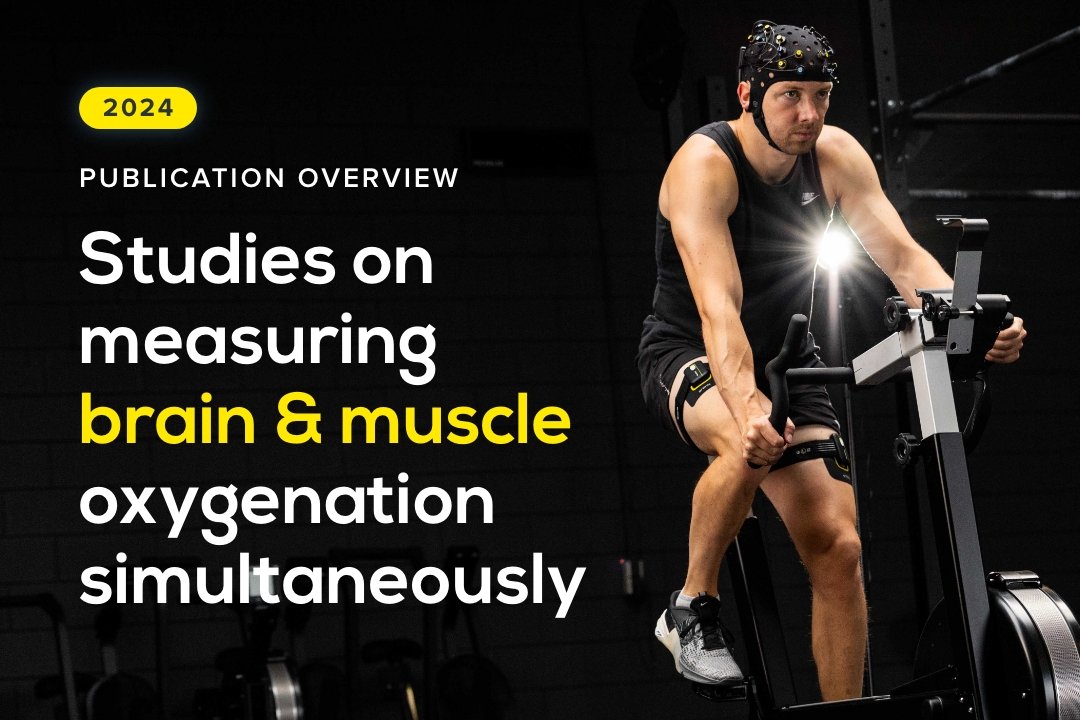
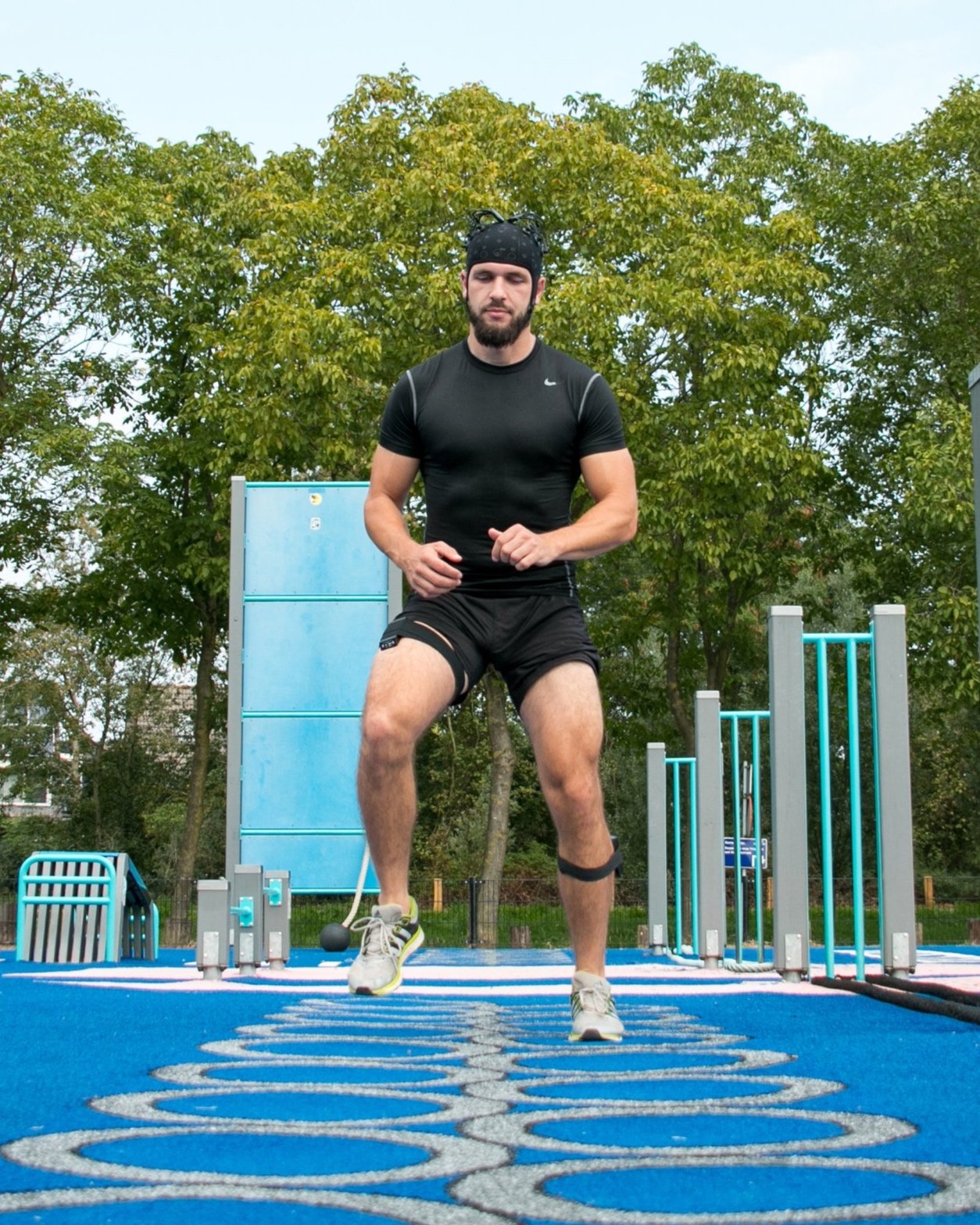
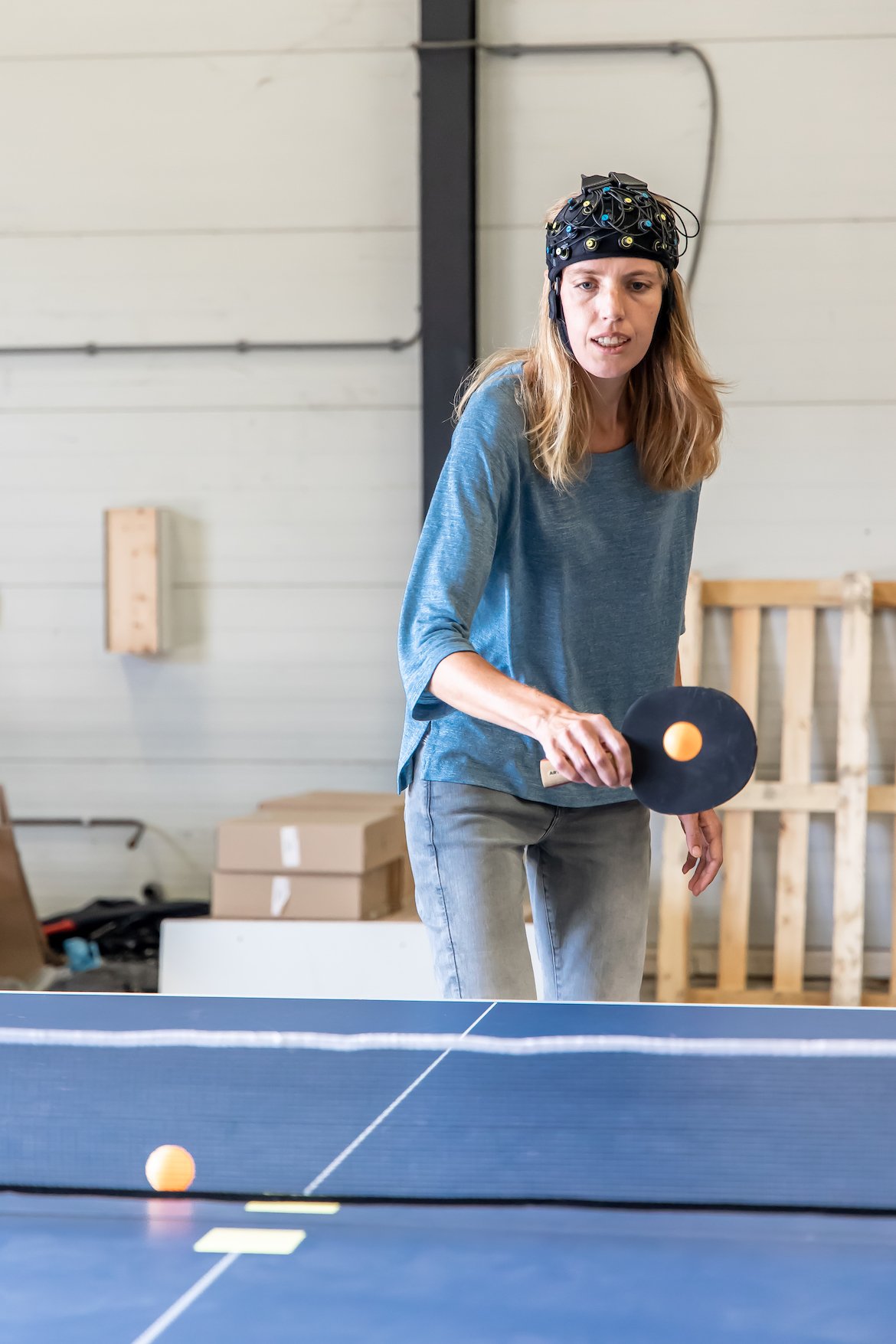
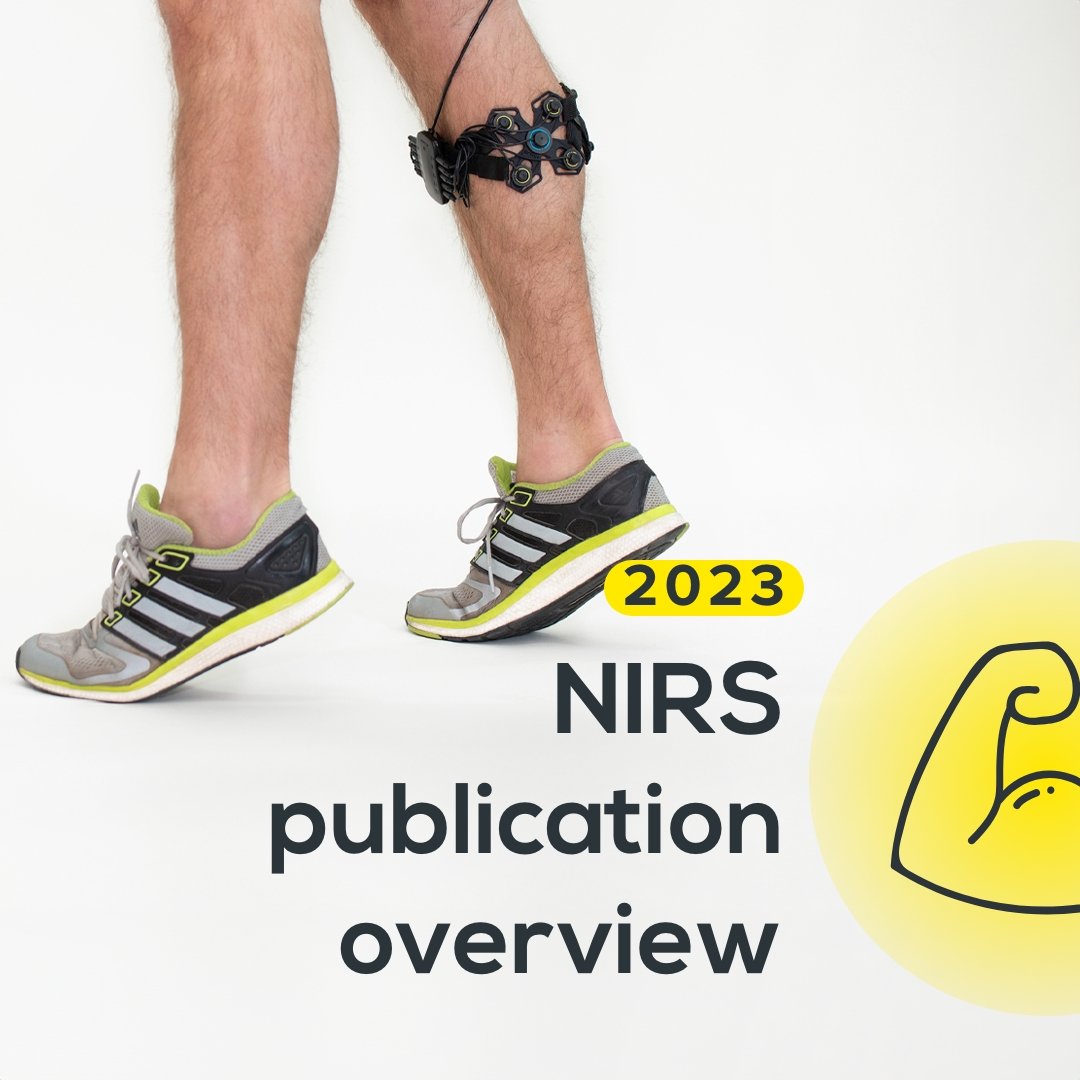
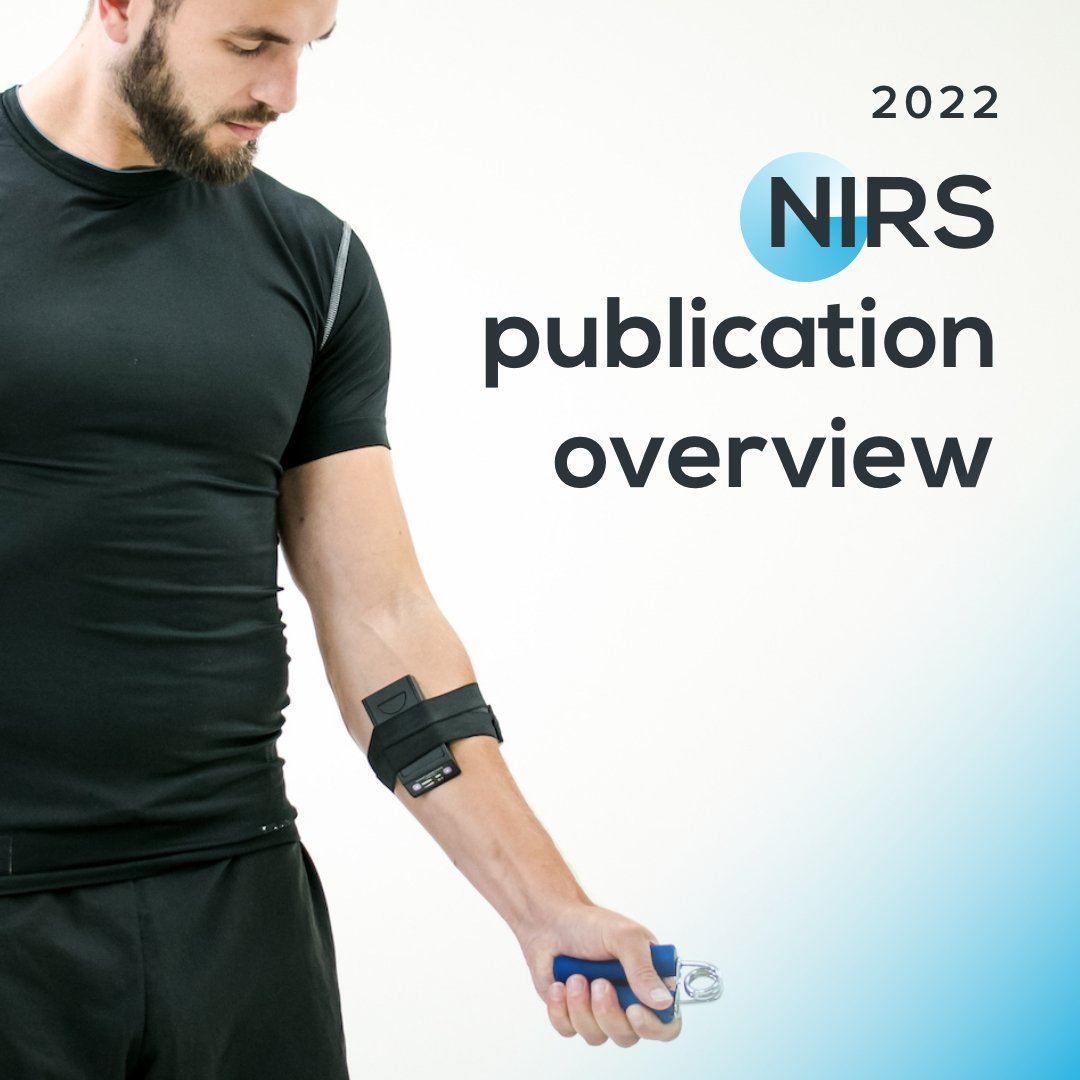
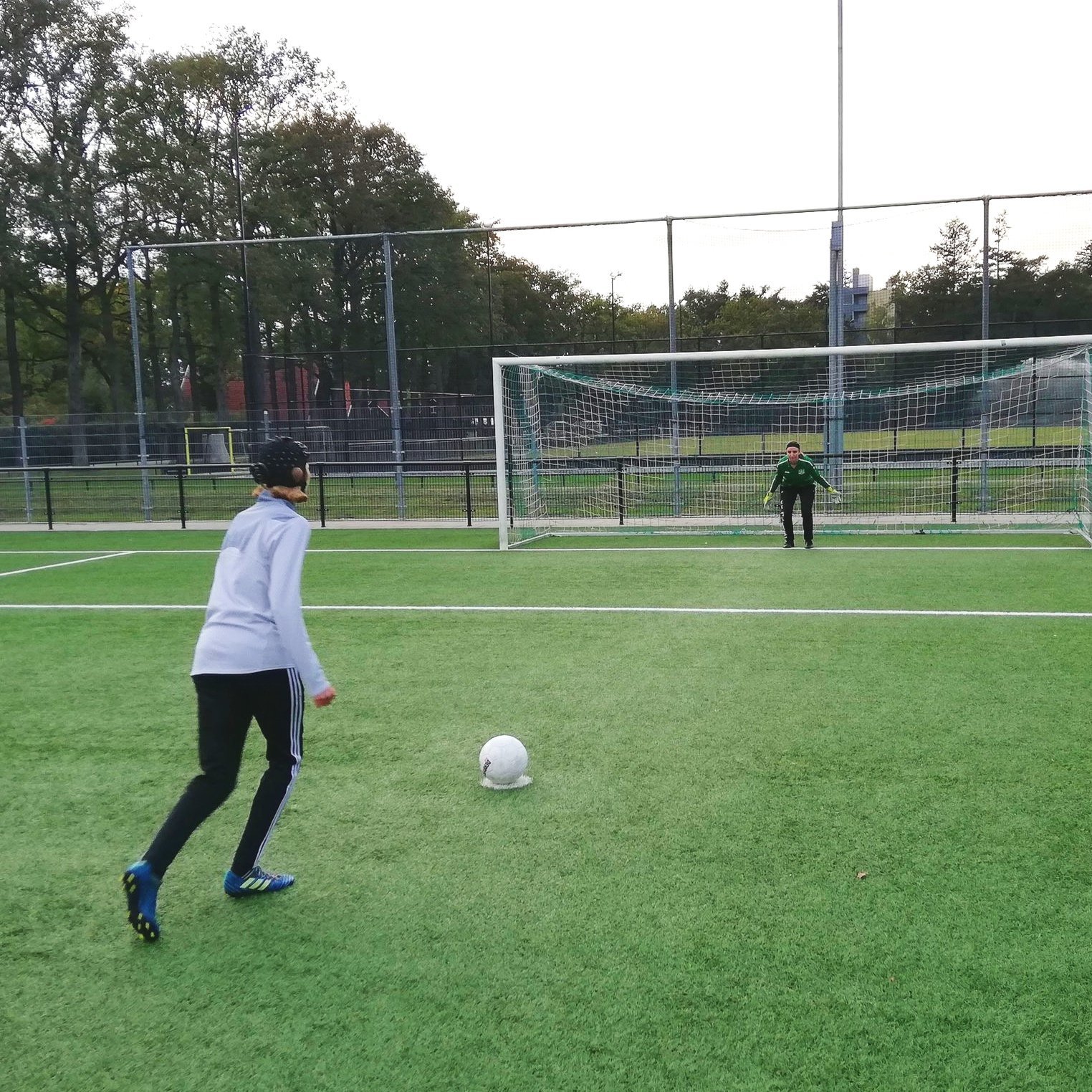
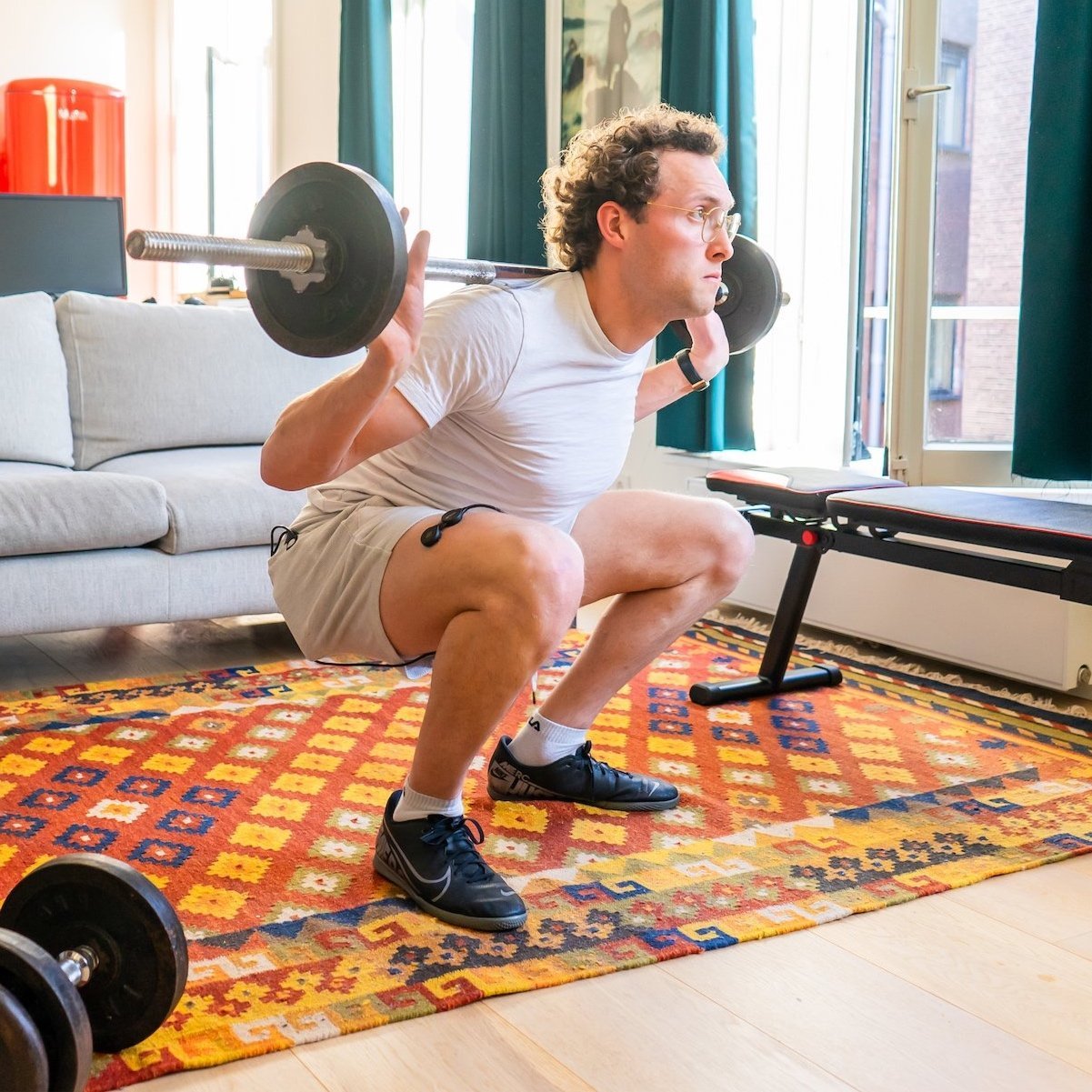
In 2024, an increasing number of exciting papers measuring muscle NIRS with our devices have been published. In this blogpost, we depict application fields and purposes of using NIRS to measure muscle oxygenation, and highlight relevant studies published in the last year using Artinis devices per category. Further, we show recent publications targeting to assess reproducibility in muscle NIRS.